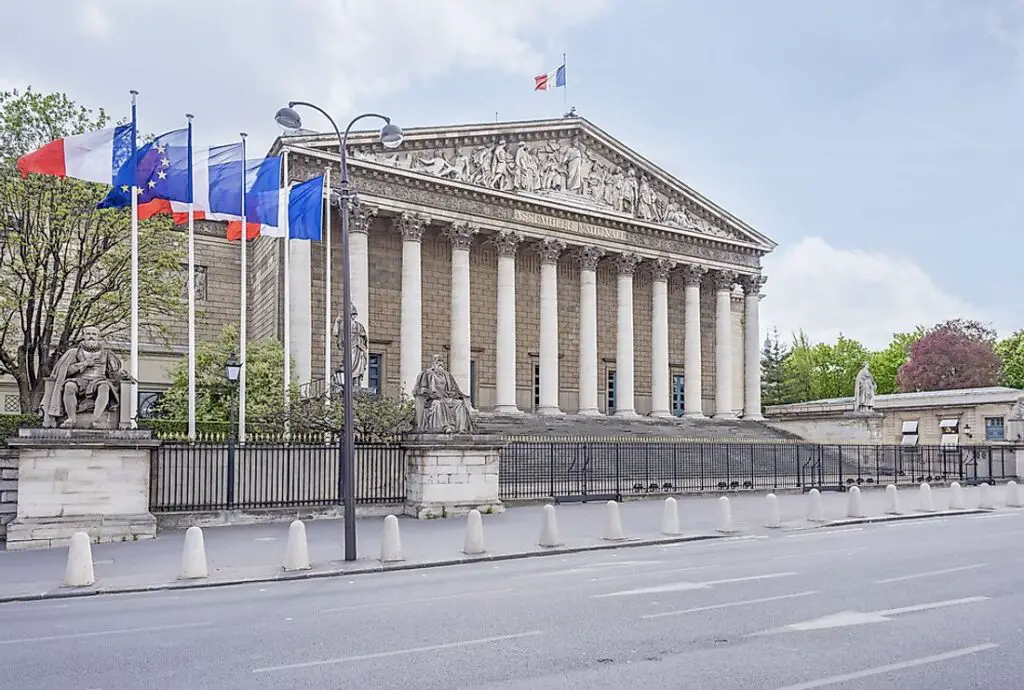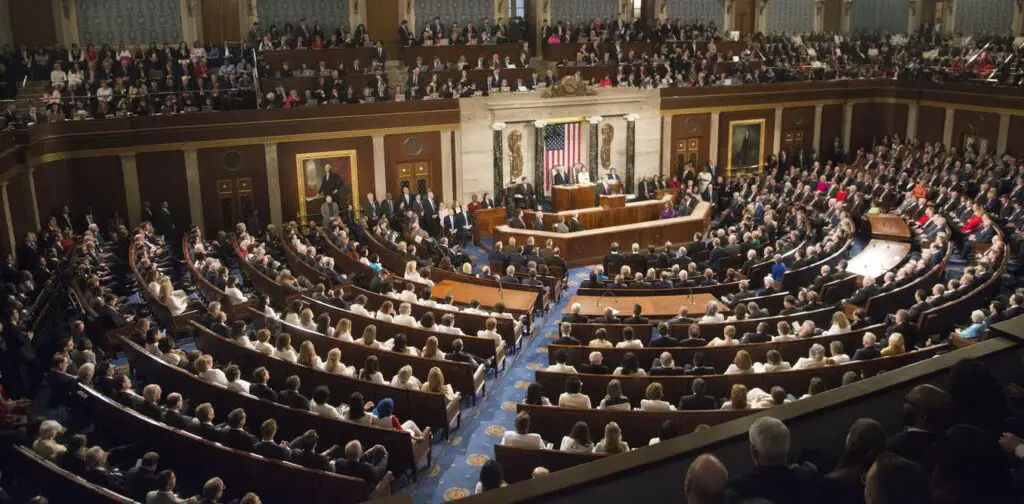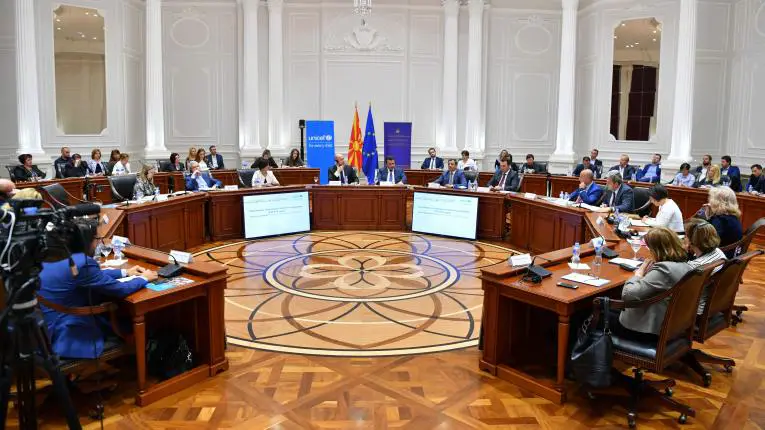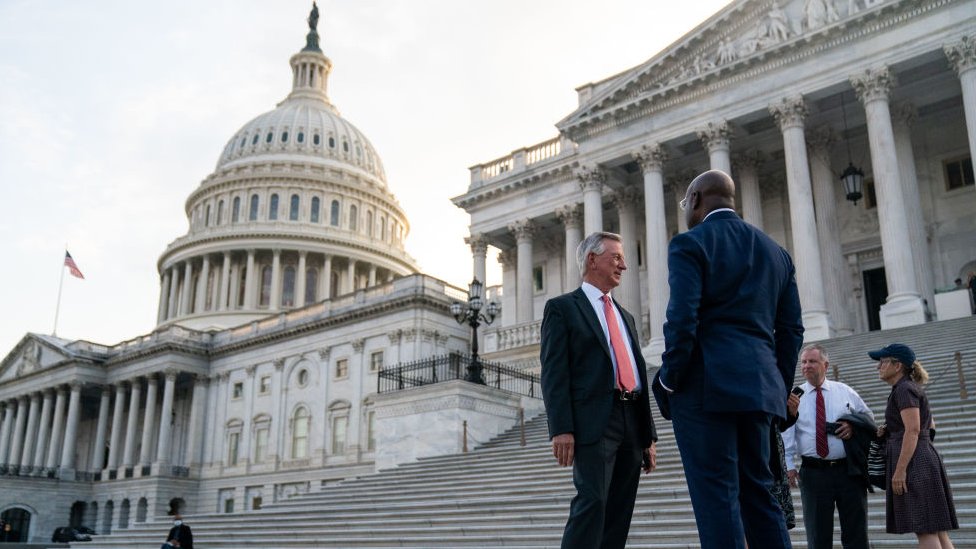How much government is right for us? Would you like government breathing down your neck at every turn or no government at all so that you can indulge your happy spirits to the hilt?
Each of these options has its dangers: too much government gives leaders authoritarian powers that choke individual liberty.
On the other hand, the absence of government leads to anarchy in which the law of the jungle reigns and criminals have a field day.
Political thinkers and philosophers have pondered this over the years and worked out a sort of compromise: the answer is limited government.
In a limited government, rulers can exercise power but it is checked to curb what made Lord Acton say, “power corrupts but absolute power corrupts absolutely.”
This is usually done through a constitution, which is a legal instrument or fixed laws that create a constitutional government. It provides controls for how political power is exercised.
Such a tool guarantees freedoms and rights for individuals such as political rights, freedom of conscience, and also freedoms in the spheres of commerce, and business.
Ways in Which Government Is Limited
Limited government can also be achieved in a number of ways:
- Separation of powers between the Executive, Legislature, and Executive: This ensures that no single person or entity within the state exercises the combined role of making laws, interpreting them, and executing them. It also makes these institutions independent from each other.
- Limitation ofthe powers of Federal/Central government: This gives certain powers/roles to the federal or central government and others to the states or regional governments. e.g., taxation powers over some items and criminal prosecution for certain crimes.
- Term limits for leaders: This imposes a limit on the duration or number of terms that a leader can rule. The people are then given the power to replace their leader by voting.
- International law: Through international bodies like the UN, governments can be restricted. For example, the Security Council, an organ of the UN, is empowered to stop unjustified acts of aggression by one government against another.

Here are 12 examples of limited governments.
1. United States
The United States is perhaps the best-known example of a limited government.
One of its founding principles is that legitimate power is exercised by the “consent of the governed.”
This ensures that such power is in the interests of the people—what Thomas Jefferson called “life, liberty and the pursuit of happiness.”
Therefore, its constitution has checks and balances to guard against an oppressive government.
The result is restricting what a government can do. These restrictions extend also to the economy which makes it a free market with minimal government control.
However, America’s experience with limited government has been tried over the years.
For example, in 1929 it suffered the Great Depression despite then-President Herbert Hoover championing minimum government.
His successor Franklin Roosevelt is best remembered for expanding government to tackle the depression which finally ended.
2. England
It is England that gave the world the modern parliamentary system. This is a representative assembly that gives the people (called the commoners to distinguish them from the king or nobles) a role in decision-making.
It checks the powers of the rulers by investing powers in people’s representatives.
England also gave the world the Bill of Rights, which was originated from the Magna Carta, a charter that forbade the king from levying taxes without parliament’s consent.
Today, England is a constitutional monarchy in which the monarch’s powers are reduced and are controlled by parliament.
3. France
French history gives us a memorable event in the 17th-century that illustrates some lessons about government—a scene of starving people complaining that there was no bread to eat. Queen Marie Antoinette who lived in extravagance allegedly answered, “then let them eat cake.”
This was an example of excess power that was insensitive to the plight of the people.
Today France is a republic with a semi-presidential model of government in which executive powers are shared between a prime minister and a president.
4. Germany
Germany has a sobering past that gives us one of the best lessons in the need for a limited government.
After its part in triggering the First and Second World Wars, most Germans and the world were left shocked by the evils of unchecked power after the brutalities of German leader, Adolf Hitler. This inspired Germans to recreate their government to limit power.
Today, Germany’s government is a democracy and a federal parliamentary republic.
It has a president who holds a ceremonial position as head of state. Parliament (Bundestag) elects a Chancellor who heads the government and serves for a 4-year term.

5. Japan
Under a constitution that was created in 1947, Japan is a constitutional monarchy with the Emperor as a ceremonial figurehead.
Even though he is the head of state as well as head of the imperial family, he does not influence government activities.
The head of government is the prime minister who directs government policies and activities.
The Japanese government also has 3 branches: the executive, legislature, and judiciary.
After its infamous role in the 2nd World War in which it suffered a devastating atomic bomb strike and defeat, Japan adopted a new constitution that permanently renounces war as its sovereign right.
6. Russia
Russia is an example of a government that is limited only in theory.
Many believe that in practice, it is a dictatorship in which its leader President Vladimir Putin exercises authoritarian powers.
After the collapse of the Communist Soviet Union in 1991, it was replaced by Russia which introduced reforms to remodel its government to become a capitalistic, democratic state.
Russia has all the elements that are supposed to be part of a democracy such as laws protecting freedoms like association or expression.
7. South Africa
South Africa is a representative democratic republic with a parliamentary system.
It has a president who combines the roles of head of state and head of government.
After its apartheid government ended in 1994, South Africa introduced new laws outlawing apartheid and ensuring the rights of all races.
8. Mexico
Mexico is a democratic republic with a 3-branch government composed of executive, legislative, and judiciary branches.
Under a 1917 constitution, the president heads both the state and government.
The limited nature of the government as provided for by the constitution ensures personal freedoms as well as economic liberalism.
9. Australia
Australia is the sixth oldest democracy that has existed continuously (without interruption) since its establishment in 1901.
Voting is compulsory and it has a 2-party system. It is a constitutional monarchy with the queen of England as the head of state.
Under its federal system, power is exercised and shared on 3 levels of government: federal, state, and territories.
10. Canada
Canada is a federation and parliamentary democracy. It is also a constitutional monarchy in which the queen of England is the monarch.
Under federalism, the constitution limits the powers that parliament can exercise by distributing legislative functions between governments at the federal and provincial levels.
For example, provincial legislatures control law-making in education and charity sectors while the federal legislature passes laws in criminal law or the military.

11. New Zealand
New Zealand is a constitutional monarchy that follows a parliamentary system.
The sovereign head of state is the queen of England who has a Governor-General as the local representative.
He has limited authority but can act during constitutional crises such as dissolving parliament when conditions call for it.
New Zealand has 3 separate government branches to ensure no excessive concentration of power on any one part of the government.
12. Rwanda
Rwanda is a multiparty republic with a presidential system. The president doubles as the head of state and government.
After emerging from the genocide that killed thousands pitting the two tribes Tutsi and Hutus, Rwanda enacted a new constitution that mandates democratic institutions and elections.
These measures help to limit government power from repeating the incident of genocide and ethnic violence.
Conclusion
Limited government is believed to be the most legitimate government that we can aspire to, preventing a life that Thomas Hobbes called “nasty, brutish, and short.”
It is best exemplified by democracy, though we must remember the cynical clarifications that Sir Winston Churchill gave saying, “it is the worst form of government – except for all the others that have been tried.”

